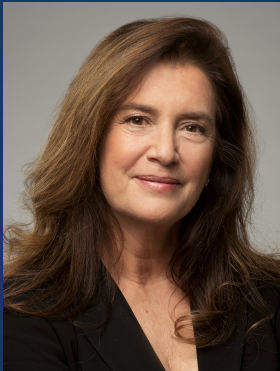
“We can’t reverse time, and time has an effect on any biological organism. The question is how do you respond to the ravages of time. As we talk about these organisms that seem to get through their lives to a grand old age and somehow manage to resist all of the normal degenerative effects of running your engine for many years, it occurs to me that we will be able to be healthier for longer and in some ways, that’s what we all want. That’s really the promise of regenerative medicine.”
Professor Nadia Rosenthal
Scientific Director of The Jackson Laboratory | Chair in Cardiovascular Science at Imperial College London.
We have varied attitudes to injury and ageing – from a sense of resignation to active battle. There are ways we can slow the process from the comfort of home – fasting, reducing inflammation and stress … but regenerative medicine takes the notion of reversing damage to the realm of science fiction.
Professor Nadia Rosenthal has devoted her distinguished career to the understanding of how humans might harness the regenerative powers of some animals, to combat the vagaries of injury and age.
Professor Rosenthal’s research focuses on the role of growth factors, stem cells and the immune system in repairing injury and her primary focus is on heart muscle. Her book, Heart Development and Regeneration, is upheld as a definitive document in this field.
Currently, Professor Rosenthal is the Scientific Director of The Jackson Laboratory in Bar Harbor, Maine. She also holds a Chair in Cardiovascular Science at Imperial College London.
Her PhD is from Harvard Medical School, where she later directed a biomedical research laboratory, then established and headed the Roman campus of the European Molecular Biology Laboratory (EMBL).
And then there’s an Australian link – Professor Rosenthal is Founding Director of the Australian Regenerative Medicine Institute at Monash University in Melbourne and founded “EMBL Australia” as its Scientific Head.
Professor Rosenthal was 2019 Orator at the Harry Perkins Institute of Medical Research and I thank the Institute for facilitating this conversation.